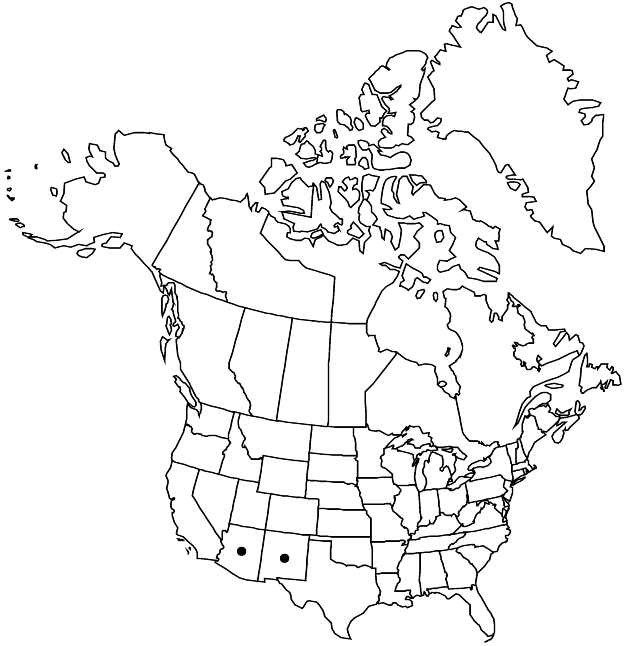Drymaria glandulosa var. glandulosa
Plants annual or perennial, herbaceous, pubescent to stipitate-glandular (especially in inflorescences), not glaucous. Stems erect or ascending, simple or sparingly branched throughout, 5–35 cm. Leaves opposite; stipules persistent, divided into 2 filiform segments, 0.5–1 mm; petiole 1–8 mm; blade ovate to reniform, 0.5–1.5(–2) cm × 4–17(–25) mm, base truncate to cordate, apex acute to cuspidate. Inflorescences terminal, usually congested, 3–15-flowered clusters terminating branches of cymes. Pedicels shorter to longer than subtending bracts at maturity. Flowers: sepals with 3 distinct, usually prominent veins arcing outward at midsection and ± confluent apically, lanceolate (herbaceous portion similar), 3–4.8 mm, subequal or outer sepals shorter than inner, apex acute to setaceous-acuminate (herbaceous portion similar), not hooded, glabrous or stipitate-glandular; petals 2-fid for 1/2+ their length, 1.2–3.2 mm, equaling or shorter than sepals, lobes 1-veined, vein unbranched, lanceolate, trunk absent, base gradually tapered, apex ± rounded. Seeds tan to reddish brown, snail-shell-shaped, 0.5–0.7 mm; tubercles prominent, rounded.
Phenology: Flowering late summer–early fall.
Habitat: Woodlands of mountainous areas
Elevation: 1500-2300 m
Distribution

Ariz., N.Mex., Mexico (Chihuahua, Coahuila, Nuevo León, San Luis Potosí, Sonora).
Discussion
Selected References
None.